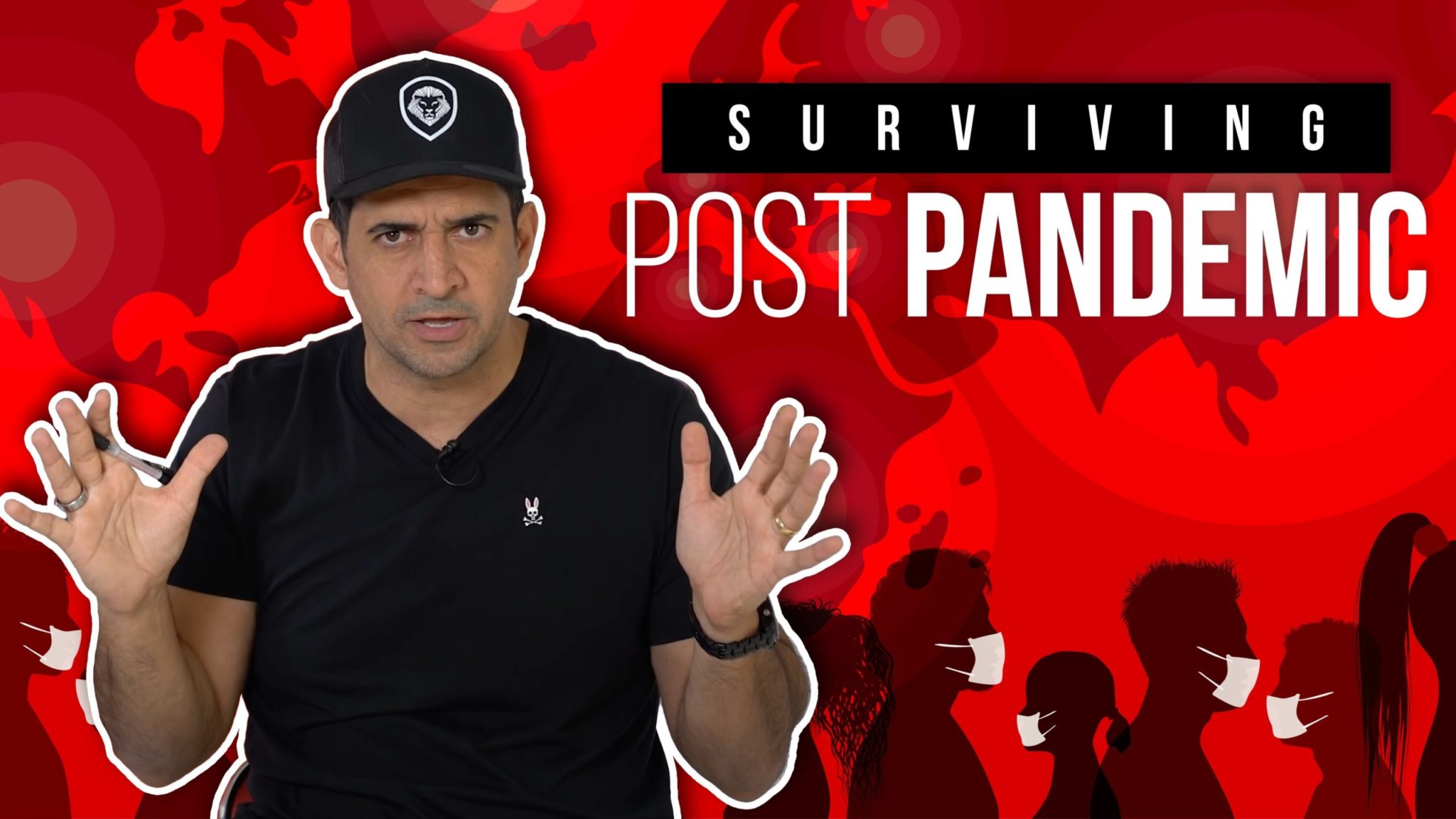BONUS CONTENT:
Businesses are facing issues they never had to face before the pandemic hit. Everything in the work environment has dramatically changed in two and a half years, and many companies are having a hard time adjusting to it today. Here’s 10 post-pandemic issues all businesses are facing.
- Working From Home to Getting Back in the Office
At first, employees thought CEOs and companies were innovative, “Oh my office is so great, they let me work from home.” Management thought no problem, we’ll hold you accountable through Zoom. But 8, 10, or 12 weeks later… something’s missing. Management starts to notice employees working from home were losing that connection to the company in the organization. And those employees simply started applying for other jobs- there was no loyalty. That’s when many business owners flipped back to work in an office- and were immediately cast as bad guys for going back on their earlier innovative “work from home”. Unfortunately, during this adjustment, you’re going to lose and hire a lot of people, and it’s important to manage expectations upfront.
2/3 . Inflation AND Cost of Living
Here’s what inflation has done in the last 30 months: Right? Inflation has skyrocketed. Miami last year: Rent is up 30% in one year. This means you were paying $2,000 for rent, but now it’s $2,600. Imagine $600. That’s a $400 car payment plus insurance. And some places rent is up 50%. So you were paying $2,000 a month, but now it’s $3,000 a month. That thousand dollars used to be your car payment, car insurance, phone cable, and Netflix bill. Now you have to go make that money. So employees were sitting there saying, I could make it off three grand a month, I could make it off four grand a month, but now it’s five grand, six grand- the increase has taken place.
- Decreased Retention
On top of that, the cost of inflation has increased the cost of living for your employees. That leads to a lot of conversations about raises. And I’m telling you, this is a real issue. People are really going through this. You have to be aware of it. So either you’re going to have to make an adjustment and say, “I have to cut staff. I can’t pay for this stuff.” Or you have to realize the people that are your superstars. You have to figure out a way to keep them. For more strategies on how to navigate these conversations with employees, read this article on “How to Ask for a Raise”.
- Political Issues
You know, three years ago we were working, and not everything was politics. During COVID, everything became politics. Talking about China, became politics. Talking about COVID became politics. Taking a vaccine, became politics, not taking a vaccine, became politics.
There are a few different ways leaders approach this issue. You could just avoid it and not talk about it. Like imagine the elephant sitting right here and everyone’s looking this way. “No, no, no. The elephant’s not in room.” That’s not the way- You’re not a leader. You’re weak. People want you to lead or have that conversation. The solution? You manage expectations with everybody. And you say, “Guys, a lot has changed in the last two and a half years. Is that fair to say?” Ask them, what questions do you have for me? Share with them your sentiment and philosophy. “I hope you understand this is where I come from. But regardless it’s the company’s vision. Let’s go take over the world.” If you don’t have that conversation, your employees are following somebody if not you.
- Supply Chain Shortages
I bought two buildings. The second building I wanted to redesign into the Headquarters of Valuetainment. But my designer came up to me and said, “Well, glass is taking six to 12 months to get, such and such is taking 12 months to get, and furniture’s taking this much to get… And I’m like, what are you talking about? The designer says, yeah, that’s how long it’s taking nowadays. So I consulted another designer and another, and everybody said the same thing. But why? Because of supply shortages. So depending on the industry you are in, some of you guys are watching what’s going on in China right now where the COVID cases are up all of a sudden, and they shut everything down. People are like, oh my gosh, it’s unfair what they’re doing to China. Of course, it’s unfair what they’re doing to the people in China. But if people are staying home, that means no chips are being produced. If chips are not being produced, that means automakers don’t have chips to create and build new cars. If automakers don’t have chips to build new cars, then the prices of used cars are going to go back up again. Then these gas prices are going to continue to go up. So you have to pay attention to supply chain shortages based on the industry you are part of and not be naive about it. You have to be very much researching within your industry to know everything that’s going on with the supply chain. Because somehow some way, no matter what industry you are part of, you’re going to be hit either directly or indirectly.
- Retrain Everybody Again
Many people forgot to do the basic things. And I know this sounds kind of weird. Scripts are basic. Think about it this way. I haven’t done how-to videos like this for four or five months, right? Even myself I used to do how-to videos like this every Tuesday. Right? But having not done it for five months, I have to be retrained again. Myself. Of course, I do. I need to go back and watch a few of my old, how-to videos to remember how I did them. I need to be retrained. You need to be retrained. Employees need to be retrained. Conflict resolution needs to be retrained. Everything needs to be retrained today in regards to your company. So retraining scripts, retraining, communication, retraining, sensitivities, retraining people today on new objections that may come up in regards to the COVID vaccine and the pandemic. You need to train people on these new issues. What it is to come back, what it is to open up again… Most of your employees are not going to tell you this, but they’re dying for you to retrain them. They’re literally sitting there, please retrain me because I forgot how to do my business.
- Conflict Resolution
Earlier this year I asked my employees what they wanted to be retrained on. The answer? Conflict resolution. And let me tell you, it’ll cost you some money, but this is going to be the BEST investment you make for 2022. Let me explain how this thing works. Politics? Conflict resolution. Vaccine, no vaccine? Conflict resolution. Working from home, working from the office? Conflict resolution. Give employees a raise, don’t give them a raise? Conflict resolution. You see, 80% of the problems you’re facing right now to come back and get your business going again need conflict resolution. With the personalities, customers, vendors, companies, and partners… everybody needs conflict resolution skills. There’s many books you can read and many courses you can take. One of the best ones is actually Crucial Conversations. You hire a trainer from this company out in Salt Lake City, Utah for $10,000 or $15,000.
The trainer is going to come to your office, take 10 or 20 employees in a room, and train all your executives and directors on how to resolve conflict together. I’m not only doing that with my home office executive team, but I’m also doing that with my sales leaders team to come together for them to know how to resolve conflicts together.


















Add comment